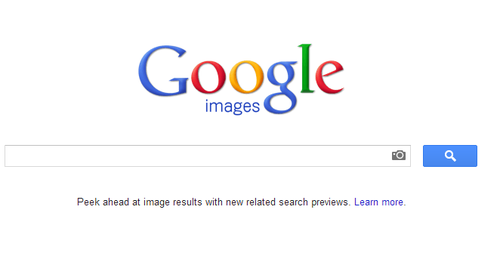
Have you ever stumbled upon a captivating image on Tumblr, leaving you curious about its source or the story behind it? The vastness of Tumblr can make tracking down an image’s origin feel like searching for a needle in a haystack. Fortunately, there’s a powerful tool at your disposal: reverse image search on Tumblr. This technique allows you to uncover the history and context of images, revealing their origins and connections within the vibrant Tumblr community.
This article will guide you through the process of using reverse image search on Tumblr, exploring its benefits and demonstrating how to effectively leverage it to find image origins. We’ll delve into popular reverse image search engines like Google Images and TinEye, highlighting their features and capabilities. Get ready to unlock the secrets hidden within those intriguing Tumblr images!
Reverse Image Search on Tumblr
Reverse image search on Tumblr is a technique that allows you to identify an image’s source by uploading or pasting its URL into a specialized search engine. Unlike traditional text-based searches, reverse image search on Tumblr analyzes the visual content of an image to find matching or similar images across the web. This can be incredibly helpful when trying to locate the original post, discover related content, or even verify the authenticity of an image.
Tumblr itself offers a built-in reverse image search feature that allows you to directly search for images within the platform. However, using external reverse image search engines like Google Images and TinEye often provides more comprehensive results due to their vast databases and advanced algorithms.
Finding Image Origins
The primary purpose of reverse image search on Tumblr is to pinpoint the original source of an image. By uploading or pasting the image URL into a search engine, you can uncover where it first appeared online. This can be particularly useful when encountering images shared widely across various platforms, making it difficult to trace their origins.
Reverse image search engines often display multiple results, each linking to different websites or platforms where the image has been used. Examining these results allows you to identify the most likely original source, providing valuable context and insights into the image’s history.
Google Images and TinEye
Two of the most popular and effective reverse image search engines are Google Images and TinEye. Both offer robust features and extensive databases, making them ideal for uncovering image origins on Tumblr and beyond.
Google Images
Google Images is a widely recognized search engine that allows you to search for images based on keywords or by uploading an image. Its vast database and sophisticated algorithms often yield comprehensive results, including links to websites where the image has been used, its file size, and even related searches.
TinEye
TinEye specializes in reverse image search and boasts a unique index of billions of images. It excels at finding visually similar images, even if they have been resized, cropped, or edited. TinEye also provides detailed information about each result, including the date the image was first indexed and the websites where it has appeared.
Exploring Image History
Beyond simply finding the original source, reverse image search on Tumblr can reveal a wealth of information about an image’s history. By examining the results returned by search engines, you can often trace the image’s journey across different platforms and websites. This can shed light on how the image has been used, shared, and adapted over time.
You might discover variations of the image with different captions, edits, or contexts. This exploration can provide valuable insights into the evolution of an image’s meaning and its impact within online communities.
Uncovering Context
Understanding the context surrounding an image is crucial for interpreting its true meaning and significance. Reverse image search on Tumblr can help uncover this context by revealing the websites, blogs, or social media accounts where the image has been shared.
Analyzing the captions, comments, and surrounding content can provide valuable clues about the image’s intended purpose, the audience it was created for, and the cultural or social trends it reflects. This deeper understanding can enrich your appreciation of the image and its place within the broader online landscape.
Conclusion
Reverse image search on Tumblr is a powerful tool that unlocks a wealth of information about images found on this vibrant platform. By utilizing reverse image search engines like Google Images and TinEye, you can uncover image origins, explore their history, and gain valuable insights into their context. Embrace the power of reverse image search on Tumblr to delve deeper into the captivating world of online imagery.
